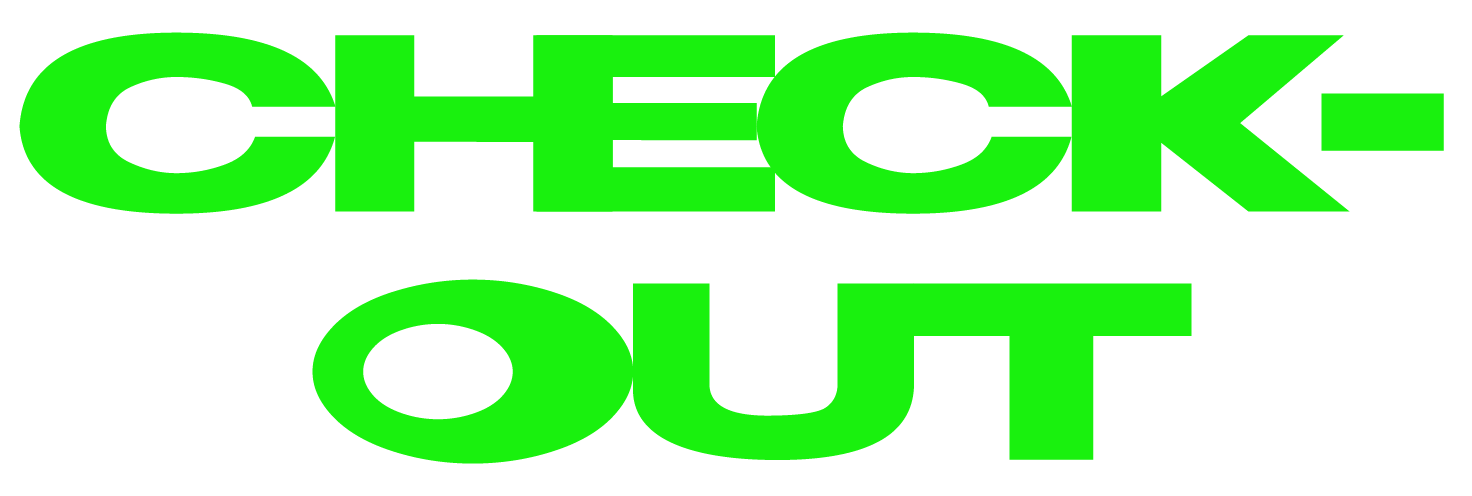Is this Finnish brand proving CGI is the future of fashion week?
DOWNLOAD is an online hub of resources offering downloadable assets, tutorials, templates and kits. Whether you’re looking to up your coding game and build up your portfolio or learn how to knit during the seemingly never-ending lockdown, we’ve got something here for you.
With fashion week turning to the URL for the second season in a row (thanks Covid), brands were once again scrambling to adapt their collections to a virtual audience. While some opted for grand spectacles like parading models in-between a fleet of cars à la Coperni, because apparently the delight of an IRL event outweighed the risks of the virus, others opted for live-streamed videos, pre-recorded films and imagery to present their AW21 collections. For others still, they attempted to reimagine the way we perceive a traditional fashion show - I suppose if the audience is virtual, who’s to say the models and clothing can’t be too?
EETU RÄISÄNEN, founder and creative director of Finnish streetwear brand, ARCELEVN, chose to reimagine the way they presented their AW21 collection as part of Tokyo Fashion Week last Friday. “We’ve used 3D modeling and CGI as a part of our design process for a few years now. During this pandemic, it felt natural to use these tools at a larger scale and create the whole fashion show experience virtually,” explains Räisänen. While others have dabbled in creating virtual worlds, namely GCDS’ SS21 collection shown last year, Acelevn’s is perhaps the most realistic in its presentation, particularly when it came to fine-tuning the detailing and texture of the clothing.
Created by Arcelevn’s Ville Leppänen, the CGI - which included everything from the catwalk area to the models and clothing - was produced in just three weeks using a workflow similar to the process of creating a physical product. “Creating CGI clothing follows the same principles as creating physical clothing,” Leppänen explains. “The original blueprints are used to create a completely authentic, digital replica of the design. CGI clothing isn’t just pixels on the screen.”
To produce these almost hyper-realistic CGI renders, Leppänen placed the CAD drawings (the garment’s blueprints) into the MARVELOUS DESIGNER program where the 2D drawings, stitching and other details were applied. The clothes were then transferred to CINEMA4D, a go-to program for any avid 3D animator, where the clothing was texturised and the set was built. The result is a fully-developed virtual fashion show where everything from the garment details to the textures, shadows and runway walks have been realised using CGI.
Following the release of Arcelevn’s AW21 collection, I spoke to Räisänen about the experience of using CGI, the biggest challenges the fashion industry faces right now, and how he thinks the next generation of creatives will change this.
Jeffrey Thomson: What do you think is the biggest challenge facing the fashion industry right now?
Eetu Räisänen: Change. I’d say the biggest challenge for the industry as a whole is to realise, accept and adapt to the change the whole fashion industry is going through.
JT: What do you hope the next generation of creatives will do to change this?
ER: I’m sure that the next generation of creatives will rise in a better environment, a more developed industry. A lot has happened within the last year with lockdowns. I think CGI technology is finally breaking through and taking a place in the industry.
JT: CGI now, but what’s next for Arcelevn?
ER: We want to always push something new, creative and meaningful. I’d say CGI will definitely stay in our work process - but will it take an even larger portion of it…only time will tell. Digital fashion is something for everyone to look for, not only from Arcelevn but from the industry in general.
Marvelous Designer is a program used to develop and make realistic 3D clothing and is used by Disney, Sony, Warner Brothers, HBO, Epic Games and more. A yearly package can set you back USD$39 per month, but you can grab the student license for less than half the price.
Cinema4D is a software developed by Maxon for beginners and seasoned professionals looking to create 3D animations and graphics. It normally costs £660 per year but for students and teachers, you can get your hands on the entire Maxon bundle for just £6 per year.





